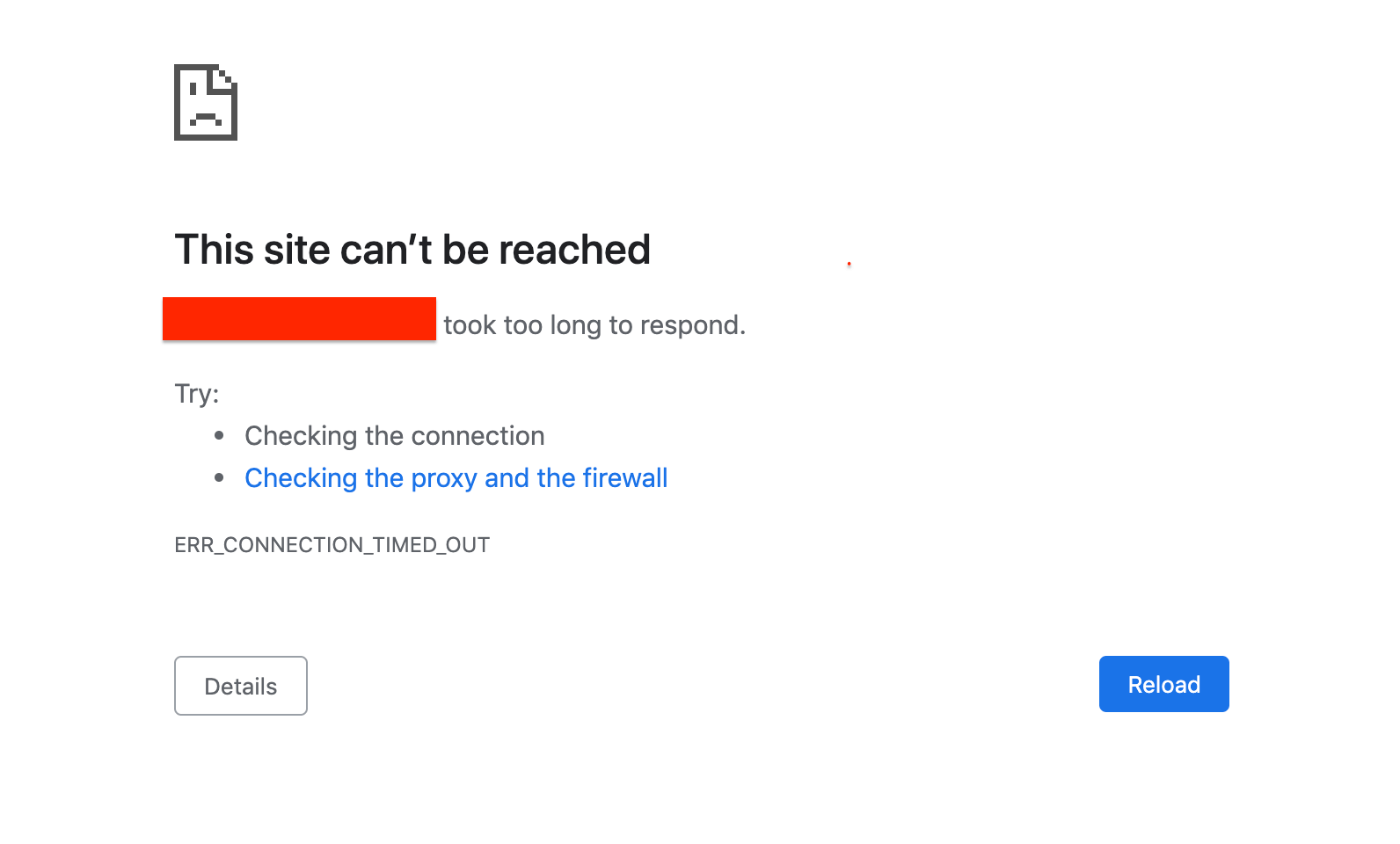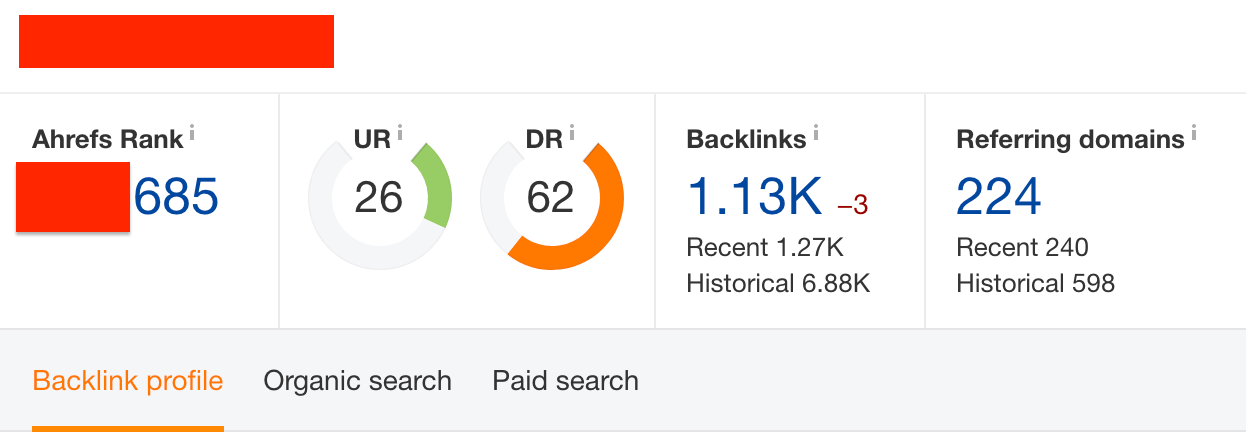So today I had a bit of an epiphany. Broken links in AHREFS appear to only be reported as such if the server that’s in receipt of the link responds with a 4xx, 5xx error or has a DNS issue.
Any good SEO will try and chase down those juicy, abandoned backlinks.
AHREFS is an incredible tool for precisely this. Simply fire in the domain you wish to query, head to backlinks > broken backlinks and see what nuggets of equity gold you can identify and repair.
Over the years, I’ve found many incredible links that have been left to fester. Re-stitching these backlinks back to suitable pages can really move the needle for organic rankings and equity distribution. What’s even sweeter is that they’re often quick to implement too.
So, naturally I fired up the broken backlinks report across the entire domain and ultimately, slim pickings. No quick wins here! Or was there?
If first you don’t succeed, poke around in Wayback Machine
Websites go through iterations all the time. Nowadays, it’s not unusual to see website migrations that have gone pear-shaped from an SEO perspective.
This audit was no exception. However, what was really interesting is that I found an entire eCommerce subdomain (shop.) that had not been migrated, was ultimately chopped and was left to rot.
Accessing any URL on this subdomain simply timed out. No HTTP response codes, nothing; and that’s where it hit me.
Backlinks pointing to domains that timeout will appear as normal, healthy backlinks in AHREFS.
As you can see here, the shop. subdomain returned no broken backlinks whatsoever. As you can guess, I was pretty miffed to see that the broken backlinks report yielded a big fat zero when the entire subdomain doesn’t work.
What’s really interesting is that this very subdomain had a huge amount of potential in regards to both referring domains and backlinks. AHREFS considers all of these links to be in good shape. In other words, you’d be none the wiser that these backlinks are firing blanks.
But if the shop. subdomain simply times out, will the backlinks and equity ever make it to the website they’re destined for?
Although I don’t have a definitive answer, I’d be very surprised if any of this equity makes it across to the website in question.
So, what precisely am I trying to say here?
That’s a good question. I think my point here is that even though AHREFS may report backlinks as healthy, it’s probably worth crawling all of your key backlink’s destinations to be sure they’re behaving as you’ve intended.
Or, if that sounds like a whole lot of work you didn’t expect to have to do, a quicker (albeit less thorough) solution is to use a subdomain discovery tool. I personally like the subdomain explorer from Pentest Tools
A subdomain finder can then be used to find all subdomains for a respective domain. Now, you can quickly check to see if any of them timeout. If one or more of those subdomains times out and has a bunch of links, you may have just unearthed a hoard of juicy problematic backlinks that have been hiding in plain sight.
Equally, you can flip this on its head too. If you’re seeing zero or minimal broken backlinks, it could be a red herring; especially for larger subdomain or substantial enterprise websites.
To summarise
- Broken backlinks reports aren’t quite as conclusive as I (and maybe even you) thought they were
- A subdomain that no longer exists and times out may just be a backlink and equity goldmine
- AHREFS (appears to) only report a backlink as broken if there’s a 4xx/5xx response code or a DNS error
- Found a subdomain / domain that times out? Run it through Wayback machine to get an idea as to when it was last online



